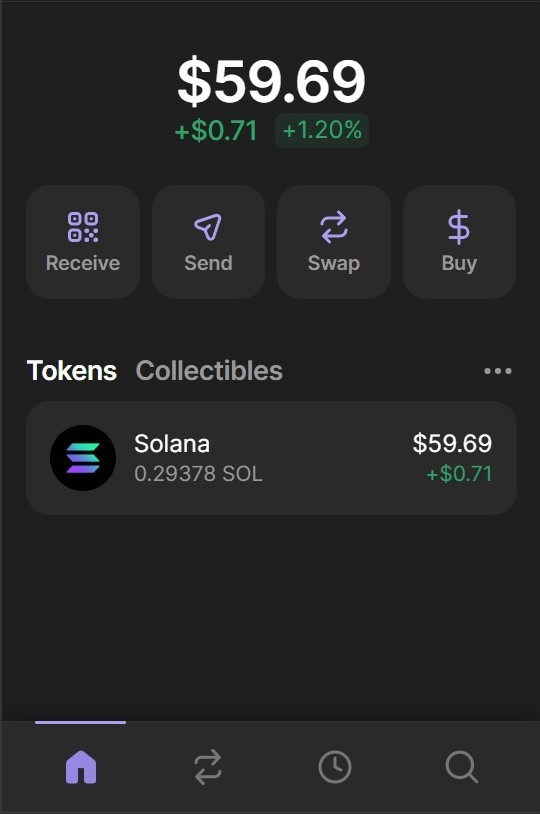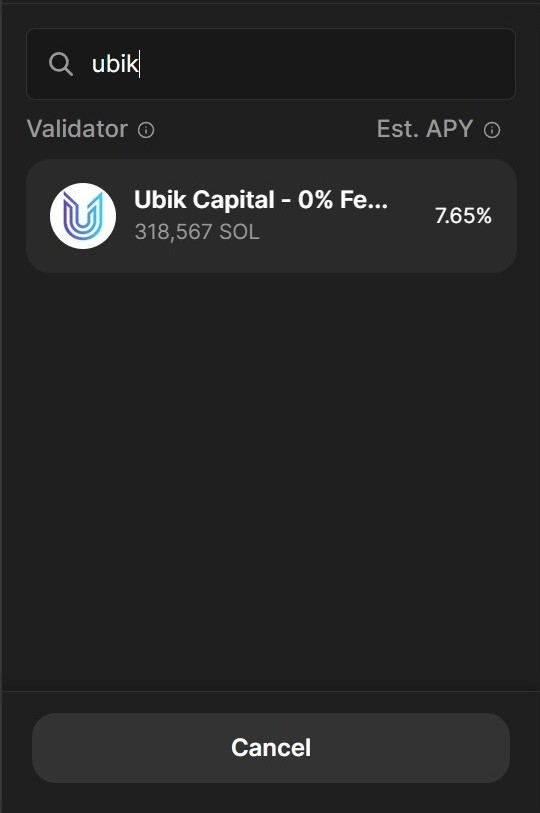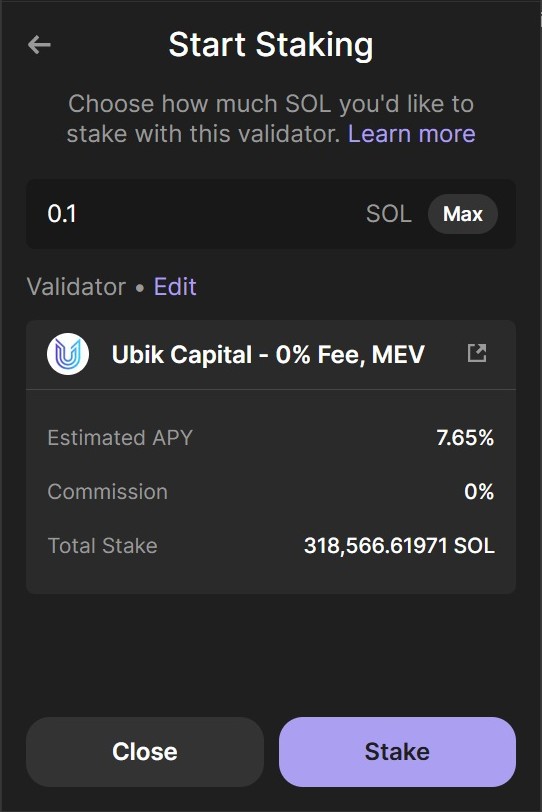Solana has quickly become one of the leading blockchains in the crypto world, thanks to its combination of speed, scalability, and low transaction costs. While many people simply buy and hold SOL, staking offers a way to put those tokens to work – earning rewards while also helping to keep the network secure.
One of the easiest and most secure ways to stake SOL is through native staking using Phantom Wallet. If you’re new to staking or just want a reliable guide, this walkthrough will cover everything you need to know.
What Does “Native Staking” Mean?
Native staking on Solana involves locking up your SOL in a wallet and delegating it to a validator. Validators run the network by confirming transactions and producing blocks. By staking, you don’t give up ownership of your tokens—they remain in your wallet—but you delegate their weight to a validator, who earns rewards on your behalf.
Key things to know about native staking:
- Rewards are distributed every epoch (about every 2–3 days).
- Your tokens can’t be transferred while staked, but you can unstake them whenever you want.
- Even a very small amount (as little as 0.01 SOL) can be staked.
Why Stake SOL?
Native staking is attractive for several reasons:
- Earn passive income through staking rewards.
- Support decentralization by choosing smaller validators.
- Help secure the network while keeping control of your tokens.
- Flexible entry since there’s no strict minimum stake amount.
What You’ll Need Before You Start
- Internet-connected device (computer or smartphone).
- Some SOL (bought on an exchange or already in your possession).
- Phantom Wallet (browser extension or mobile app).
Step 1: Set Up Phantom Wallet

- Download Phantom from its official website. It’s available as a browser extension for Chrome, Brave, Firefox, and Edge, or as a mobile app for iOS and Android.
- Select “Create New Wallet.”
- Choose the seed phrase option and carefully write down the 12-word recovery phrase. This is the only backup for your wallet—store it offline in a safe place. Never share it with anyone.
- Create a strong password, set up a username if you like, and complete the setup.
You now have a working Solana wallet.
Step 2: Add SOL to Your Wallet
You’ll need SOL in your Phantom wallet before you can stake. There are two common methods:
- Transfer from an exchange: Copy your Phantom address and withdraw SOL from platforms like Coinbase, Binance, or Kraken.
- Buy directly in Phantom: Use providers such as MoonPay or Robinhood to purchase with a debit or credit card.
Step 3: Start Staking

With your wallet funded, open Phantom and:
- Go to your SOL balance in the token list.
- Tap “Start earning SOL.”
- Choose “Native staking” (instead of liquid staking).
Step 4: Select a Validator
Validators are responsible for keeping Solana running smoothly. Phantom displays a list of validators along with their commission rates and estimated annual rewards (APY).
When deciding, consider:
- Uptime and performance history.
- Fees charged by the validator.
- Whether supporting them helps decentralize the network (avoid only delegating to the biggest ones).
- Overall reputation. Try Ubik.Capital for example.

Step 5: Delegate Your Tokens
Once you’ve chosen a validator:
- Enter how much SOL you’d like to delegate (keeping 0.01 SOL unstaked is smart for covering future transaction fees).
- Click “Stake.”

At this point, your SOL is delegated but still fully owned by you. It simply becomes locked until you choose to unstake.
Step 6: Collect Rewards
Staking rewards are distributed automatically every 2–3 days. To view them:
- Open Phantom.
- Click Solana in your token list.
- Check the “Your Stake” section for your accounts and rewards.
Rewards are added directly to your staking account—no manual claiming is required.
Step 7: Unstake Your SOL
If you want to use your tokens again:
- Go to “Your Stake” in Phantom.
- Select the validator you staked with.
- Click “Unstake.”
- Wait one full epoch (about 2–3 days).
- Once your stake is inactive, click “Withdraw stake” to move SOL back into your main wallet.
Your tokens are now liquid and can be traded, transferred, or staked again.
Is It Safe to Stake SOL?
Staking SOL via Phantom is generally safe, but there are risks to be aware of:
- Market risk: SOL’s price is volatile. Rewards may not always offset price swings.
- Validator performance: If your validator performs poorly, your rewards could decrease.
- Cybersecurity threats: Compromised devices or phishing attacks could lead to loss of access.
- Network downtime: Occasionally, Solana experiences temporary slowdowns or outages.
While the protocol doesn’t slash staked SOL, it’s still important to pick reliable validators and secure your wallet.
Pro Tips for Smarter Staking
- Diversify: Spread SOL across multiple validators to reduce reliance on one.
- Keep a buffer: Always leave a small amount unstaked for fees.
- Monitor validators: Check their performance every few weeks.
- Stay updated: Follow Solana ecosystem news for validator changes or network upgrades.
Get Started!
Native staking through Phantom Wallet offers a straightforward way to earn staking rewards, strengthen the Solana ecosystem, and maintain full control over your tokens. Whether you’re staking a small amount or a large portfolio, the process is simple, low-cost, and beginner-friendly.
By carefully choosing validators, staying secure, and keeping an eye on the network, you can make the most of your SOL while helping Solana continue its growth into 2025 and beyond.






















